By Nicolas Renier
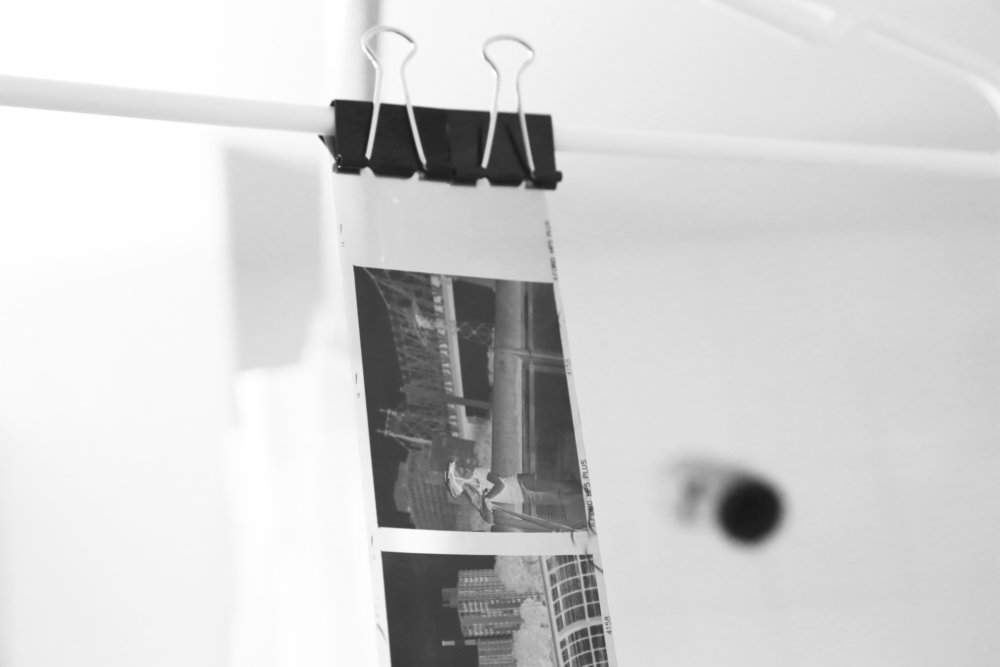
I recently got myself an old and clunky film camera, but couldn’t completely get rid of the feeling that my frequent visits to Williamsburg had taken their toll, and my commitment to hipster culture had gone too far. There’s apparently not a strong rationale to keep shooting with film today, unless you don’t own a computer. Digital cameras took giant leaps in quality since their crappy beginnings in the early 2000s and any recent smartphone now outperforms in picture definition the 35 mm films we all used for decades. You can take thousands of pictures without spending a dime and easily broadcast them to anyone. So why bother with film? Does film, like audiotape, belong to the graveyard of technologies that we can happily leave behind?
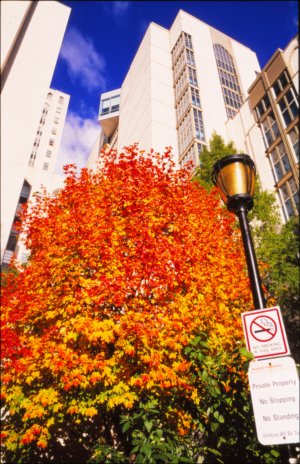
Although the gap is closing, film still retains slight technical advantages over digital sensors in some aspects. Film makes color pop, thanks to strong saturations and infinite gradations. Try a color slide film (they still exist!) on a bright sunny day, and your eyes will melt from the vibrant hues. Film does not saturate in the highlights as easily as digital sensors, so those white clouds can still have rich details, and a flash picture might not turn you into a ghastly spectre. Because of its grain, film has smoother transitions in details and makes the pictures more organic and less sterile. If you want great true-to-life digital pictures, chances are that you will have to spend some time on the computer tweaking brightness, contrast, and color tones. Films is balanced to give you great colors and contrast right away, so you don’t have to use Photoshop “in post.”
Unless you have something amazing in front of you, digital pictures are often boring. This is because a good picture is not about flawlessly capturing the moment. Memory is subjective, and strongly edited by our experience. This could explain why grainy, soft focused, and off-colored pictures can elicit stronger emotions than a perfectly sharp shot. Photos with limited depth-of-field (a blurry background) will appear more charming by bringing up the subject. Film, with its lower light sensitivity, is better than digital at gathering more out of focus light to create motion and background blurs, even in broad daylight.
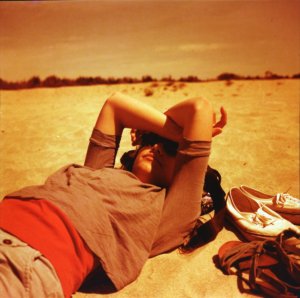
The great thing you discover when you get serious about film photography is all the creative options available, some of them impossible to recreate with Photoshop or Instagram. Limiting the color palette is a great way to take moody and impactful pictures. Black and white is the most obvious example (everybody looks more stylish and clever in black and white), but it is not the only way. Load a color film backward in the canister (emulsion facing opposite to the lens), a process called “redscale photography,” and you’ll completely get rid of the blues. Reds will be overwhelming, painting your shots with sepia tones, and greens will randomly rise in the highlights to give golden tones. If you don’t feel like reloading a film backwards in its canister yourself (a tricky proposition to execute in total darkness), you can buy these modified films at any serious camera shop in the city and even Urban Outfitters (because why not?). Another way to creatively mess with the palette is to take a color slide film and ask your photo lab to develop it like a color negative. Slide films are not designed to handle the chemistry of classic negative films well and cross-processing them with the wrong chemicals will enhance contrast, grain, saturation, and shift the colors randomly (often giving them a yellow tint). Shoot with an infrared film, formerly used for aerial land surveys, and you’ll be transported to another planet (Google Richard Mosse’s pictures). The possibilities are endless! You could take a slide film, shoot it backwards, and cross-develop it as a negative. I have no idea what would come out of this!
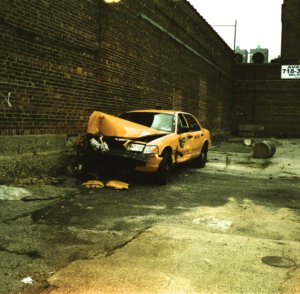
However, any digital camera with a sensor bigger than ten megapixels (MP) will look better on your computer than the 35 mm film we all used in the past decades, due to the limitations of current consumer-grade film scanners. When trying 35 mm film again after years of shooting digital, it can be hard to accept the compromise of low definition for added coolness. We got used to high quality, sharp, digital pictures that can be enjoyed on a big computer screen in all their 12, 16 or 20 MP glory. But then, you have the option of trying medium format film photography. And this is not as scary as it sounds. Medium format negatives are four to five times bigger than 35 mm and can be scanned easily at 30 MP, a resolution not yet reached by consumer grade digital cameras. On top of that, you get the great medium format, compressed perspective, gorgeous for landscapes, monuments and portraits. You do need a special camera to shoot medium format, but if you don’t have one, they can be cheap when bought used, and I recommend trying one. A square medium format negative blown up on a big screen or on a large print is a sight to behold, and it is hard to go back to your Digital single-lens reflex camera (DSLR) after having tried.
But then, you’re bound to ask: are they still making film? Hasn’t Kodak filed for bankruptcy and shut down its production? The film offered today is a far cry from what it was in the analogue heydays. Although the future of film production from the big players Kodak and Fujifilm is uncertain, some companies are strongly committed to this medium: Ilford for black and white, and Lomography for normal or experimental films appear as though they will continue making them for the foreseeable future. There has been a resurgence of demand for film from professionals, and Lomography has shown very strong growth. Maybe, like vinyl, there will still be a dedicated base to keep the medium alive?
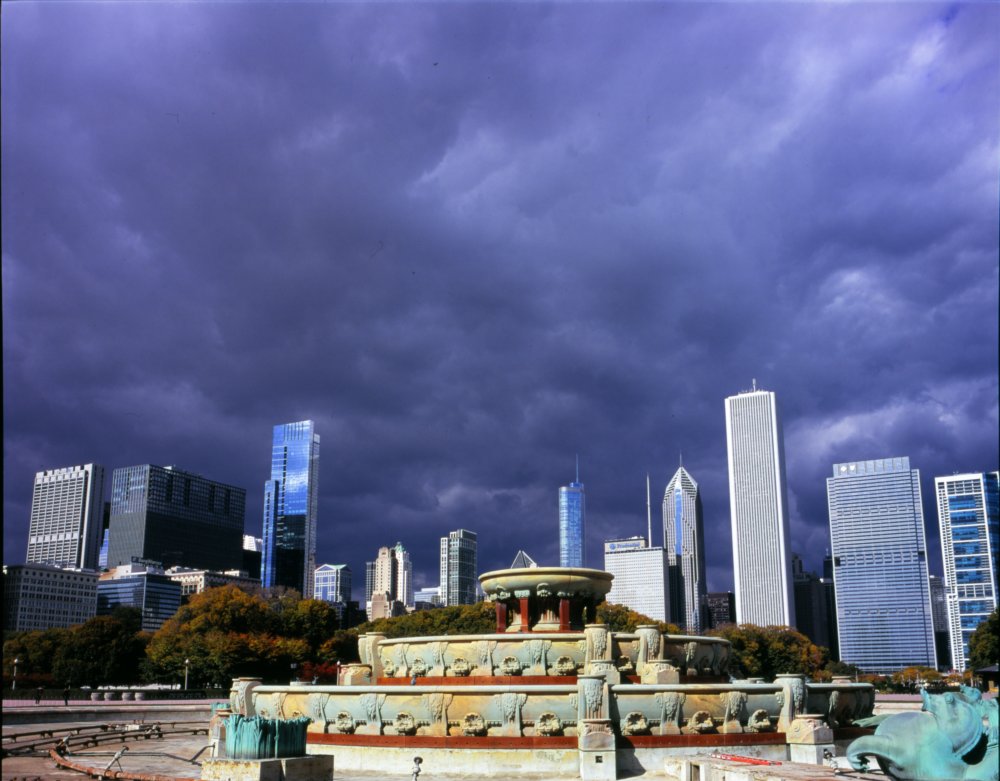
Cost is definitely a concern when shooting with film. Rolls can be found between $4 and $10 for 36 exposures (on a 35 mm roll) or 12 exposures (on a medium format roll). Thanks to the overwhelming presence of screens around us, we don’t need to make prints out of every shot anymore, which saves a lot of money on the processing. Just ask the lab to scan the negatives and enjoy them on your tablet or computer. You can also bring down the cost of development to virtually zero by processing and scanning your exposed films yourself! It is really easy and fun and you don’t need a darkroom. Many of us here have extensive lab training and film processing is much easier and rewarding than bench experiments (because it is guaranteed to work every time!)
This is not a war of digital against analogue. Switching from one medium to the other offers a refreshing experience. Film will teach you to be a better photographer by forcing you to think hard about light and composition, but digital photography enables you to take bold risks, and the immediate feedback allows you to never miss an important picture. Film has more vibrant colors and contrast, but modern digital sensors will take incredible indoor or night shots impossible to achieve with film. Fall is a great time of the year to take pictures, so if you haven’t sold your soul to technology yet, I urge you to dust off your old film camera, buy some film, and go outside to shoot the old way!
